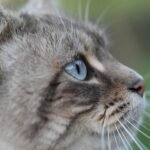Imagine a world where enormous, saber-toothed felines stalked ancient grasslands, or tiny wildcats crept through primeval forests—long before humans ever set foot on the scene. It’s almost like peeking behind a hidden curtain into a lost feline universe! Some of these mysterious cat species vanished for reasons we’re still unraveling, leaving behind nothing but fossils and wild guesses. Let’s take a whirlwind tour of 12 unforgettable cat species that disappeared before we did, and meet 13 more fascinating felines that never pounced across our paths. Get ready for a wild ride through time—who knows which ancient kitty would have stolen your heart?
Saber-Toothed Smilodon: The Ice Age Icon

Smilodon, better known as the saber-toothed cat, is the rock star of prehistoric felines. With canine teeth as long as bananas, it’s easy to see why these cats have captured imaginations for centuries. Despite their fearsome appearance, Smilodons weren’t the biggest cats around—they were about the size of modern lions but much stockier. They likely hunted large herbivores and used their massive fangs to deliver precise bites. Imagine running into one during a nature walk! Sadly for Smilodon, shifting climates and prey shortages spelled their end long before humans arrived to admire their dramatic smiles.
Machairodus: The Original Saber-Tooth Showstopper
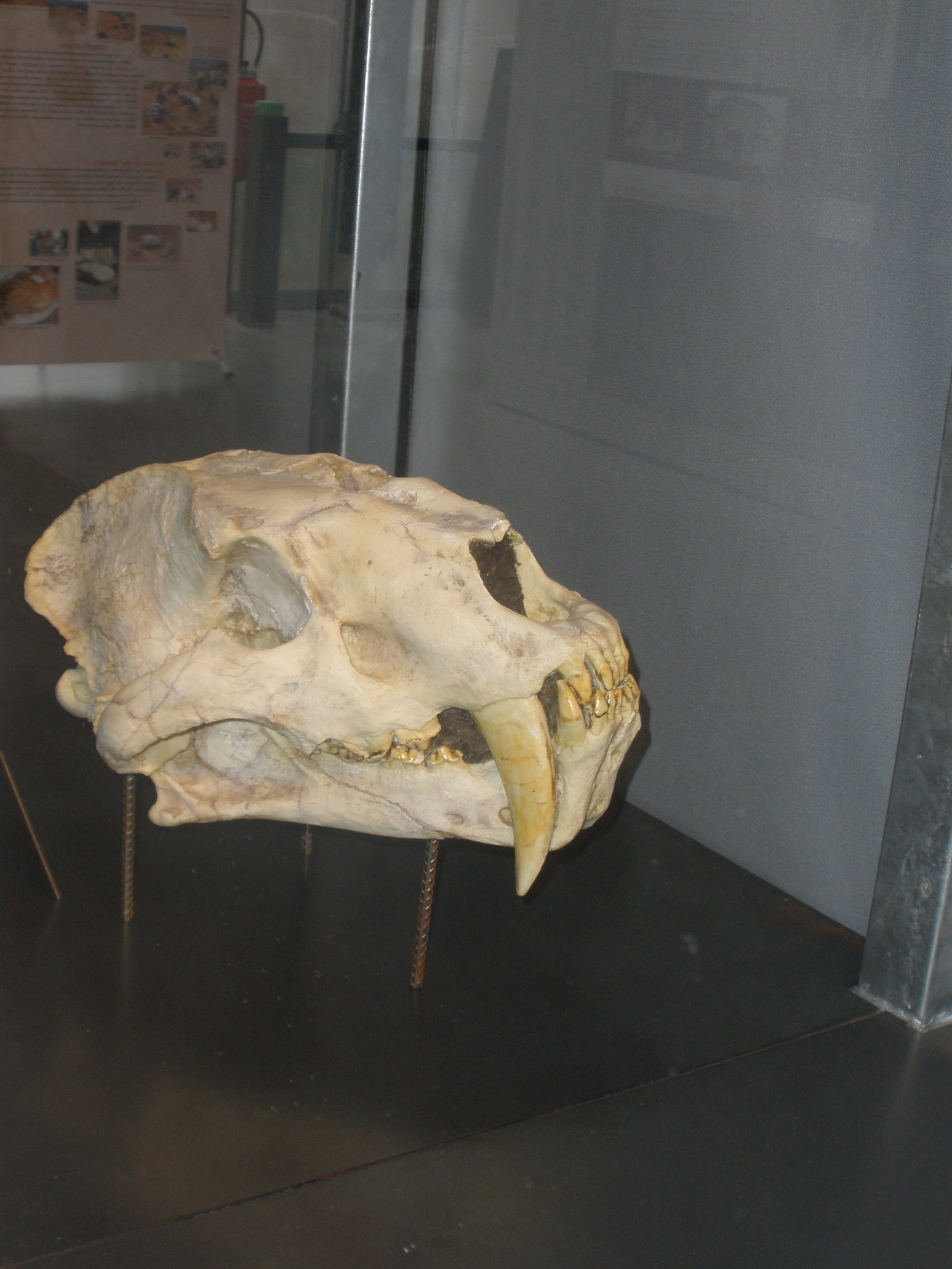
Before Smilodon, Machairodus ruled the saber-tooth scene. These cats prowled the forests and plains of Europe, Asia, and Africa millions of years ago. Their fangs were slightly shorter and more curved than Smilodon’s, making them the “trendsetters” of saber-tooth style. Machairodus cats grew as large as modern tigers, and their muscular builds hinted at powerful ambush tactics. Fossils reveal they were social, possibly hunting in groups. If you think cats can’t cooperate, Machairodus would have shocked you!
Homotherium: The Scimitar-Toothed Sprinter
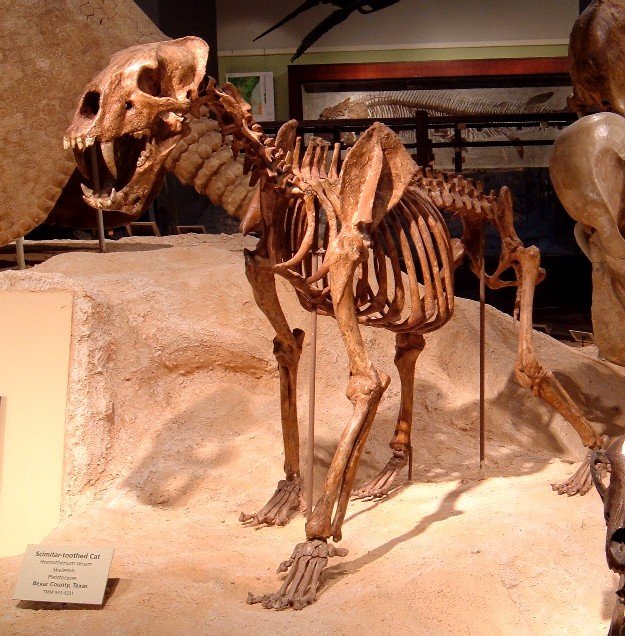
Homotherium, also called the scimitar-toothed cat, sported shorter, blade-like fangs and long, slender limbs built for speed. Unlike its saber-toothed cousins, Homotherium chased prey rather than lurking in ambush. Think of it as the “greyhound” of ancient cats—lean, fast, and agile. These cats roamed across North America, Europe, and Africa, taking down mammoths and other Ice Age giants. Homotherium vanished around a million years ago, leaving us to wonder just how fast they really were.
Dinofelis: The “Terrible Cat” of Ancient Africa
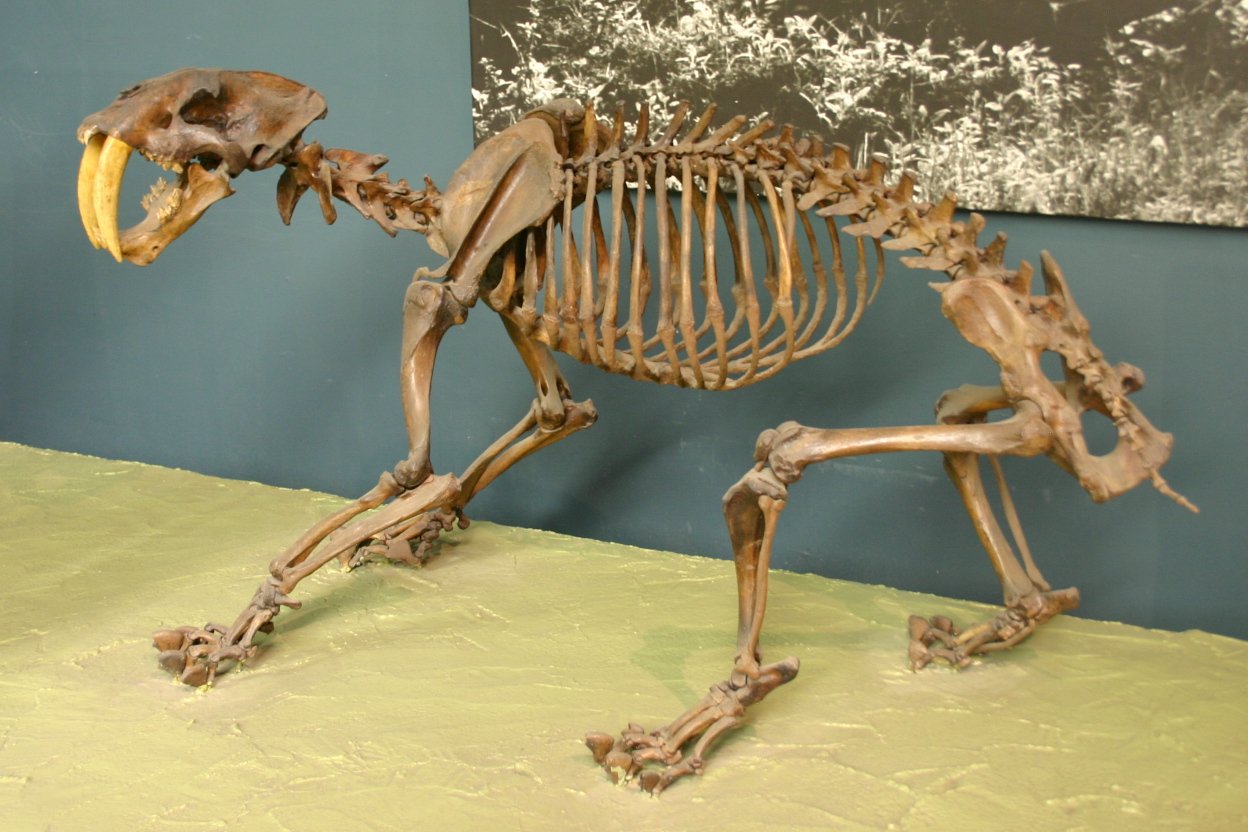
With a name that means “terrible cat,” Dinofelis sounds downright scary—and it was! These medium-sized cats haunted African woodlands and grasslands more than a million years ago. They had elongated canines (but not full saber-teeth), and their fossilized remains have been found near ancient hominid sites, sparking wild theories about their role in early ecosystems. Dinofelis likely ambushed prey at watering holes, using thick limbs and stealth rather than pure speed. Picture a shadowy predator lurking just out of sight—chilling, right?
Barbourofelis: The Cat That Wasn’t Quite a Cat
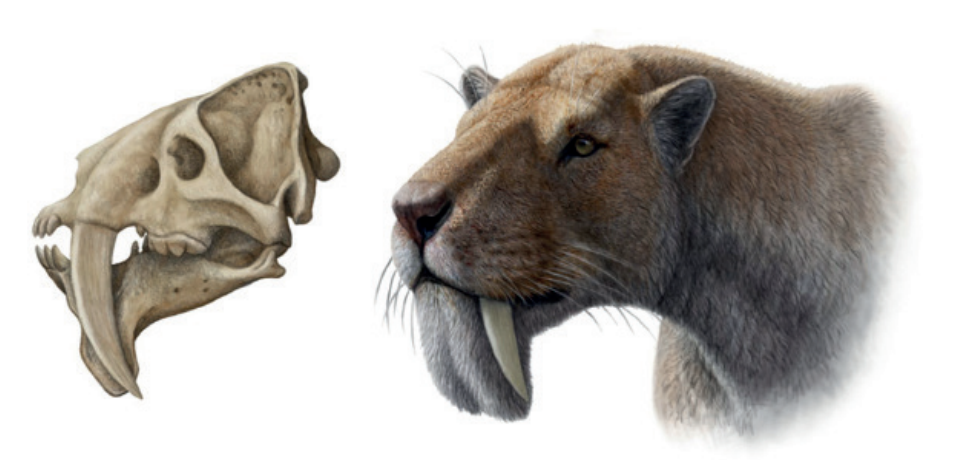
Barbourofelis looked like a saber-tooth but was technically from a different family, making it a “cat cousin.” These robust predators had massive jaws and huge, flattened canine teeth. They roamed North America around 9 million years ago, ambushing ancient camels and horses. Barbourofelis’ body was built low to the ground with stocky legs, resembling a cross between a bear and a cat. Imagine a saber-toothed bulldog—now there’s a face you wouldn’t forget!
Metailurus: The Flexible Feline Acrobat
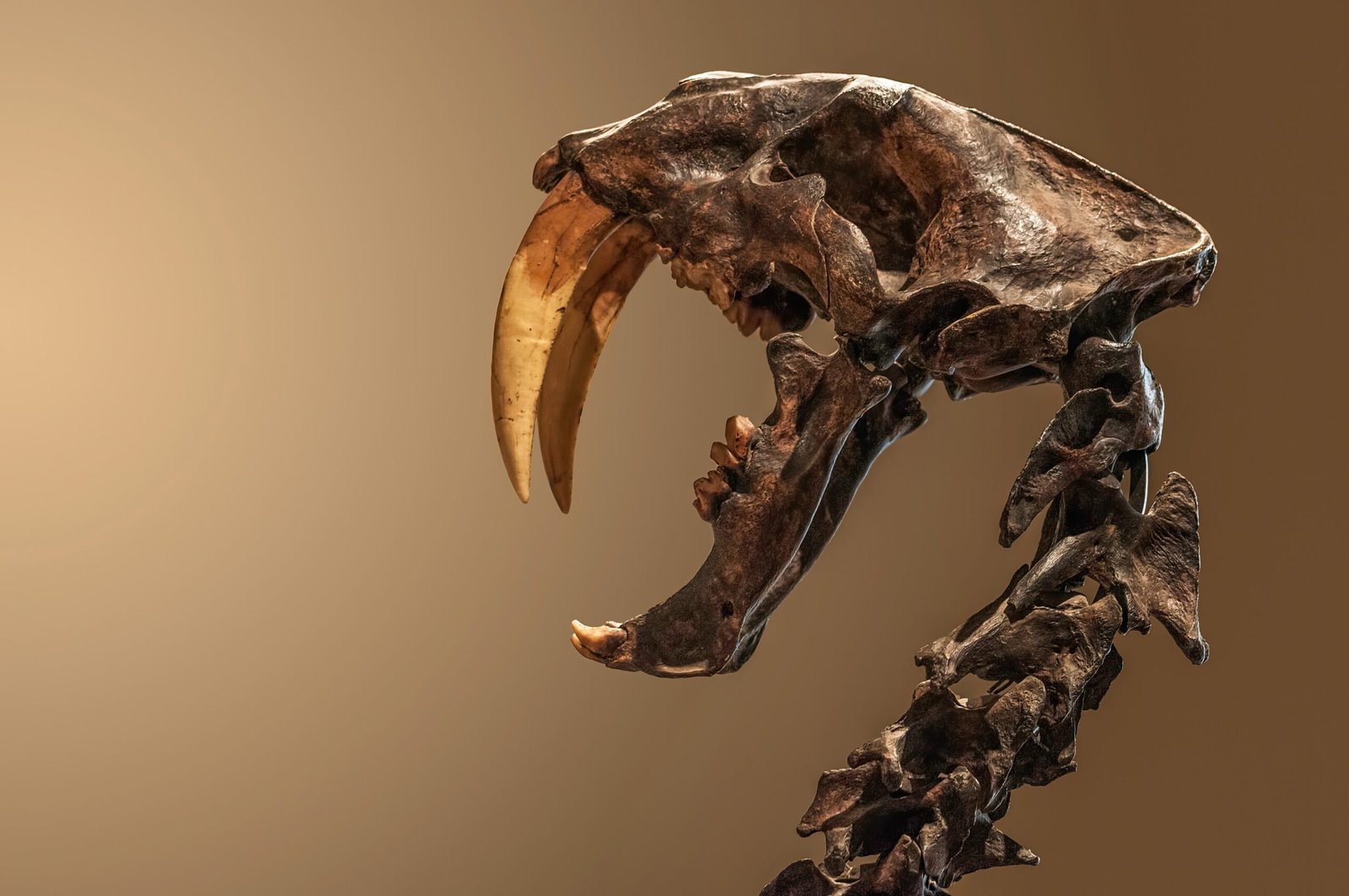
Metailurus stands out for its long, flexible spine and semi-retractable claws—traits that made it an agile climber and leaper. This cat was smaller than most saber-tooths, about the size of today’s leopard. Fossil evidence suggests Metailurus could tackle a variety of prey, from small mammals to larger grazers, switching up its hunting style as needed. If you love cats for their gymnastic feats, Metailurus would have been your ancient favorite.
Megantereon: The Mini-Smilodon
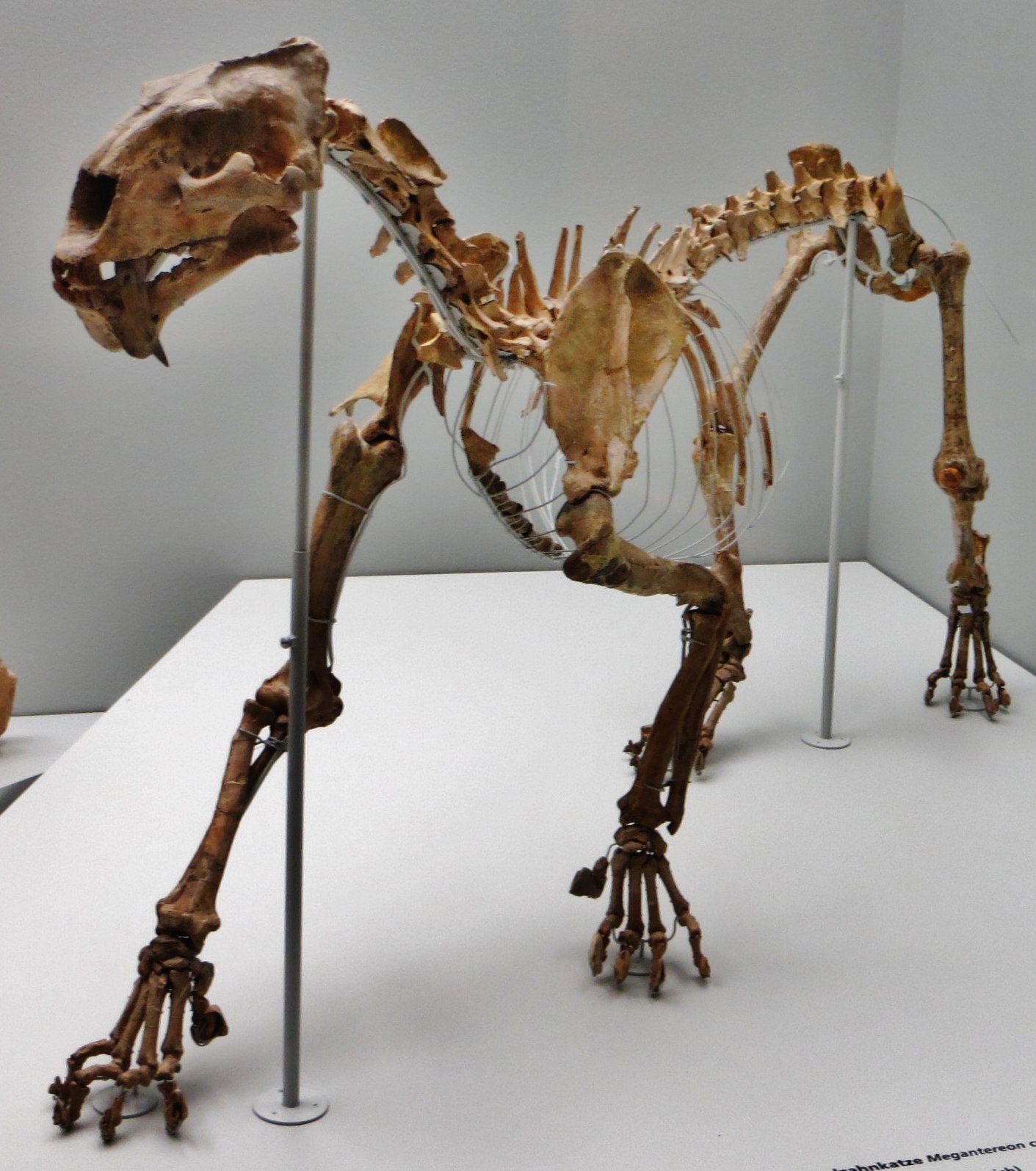
Megantereon was like a pocket-sized version of Smilodon, with saber teeth and a compact, muscular frame. Living across Europe, Africa, and Asia, this cat adapted to a range of environments from dense forests to open savannas. Its short, powerful limbs hint at a life spent ambushing prey rather than long chases. Megantereon’s fossils show up in surprising places—sometimes right alongside early human ancestors, but always separated by vast stretches of time.
Pseudaelurus: The Great Cat Grandparent

If you traced your housecat’s family tree way, way back, you’d bump into Pseudaelurus. This early cat genus is thought to be the common ancestor of both modern cats and saber-tooths, making it a true family VIP. Pseudaelurus was about lynx-sized, with a long tail and sleek build—perfect for chasing small prey. Its fossils have been found all over Europe, Asia, and North America, proving cats have always been great at exploring new territory.
Proailurus: The First True Cat
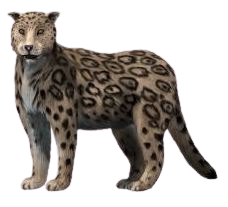
Proailurus is the cat that started it all—a small, agile predator from 25 million years ago that gave rise to all modern felines. About the size of a domestic cat, Proailurus had sharp teeth, retractable claws, and a tree-loving lifestyle. Picture a super-athletic tabby living in a world of giant mammals and towering forests! Every meow you hear today has a little bit of Proailurus in its DNA.
Panthera blytheae: The Snow Cat Pioneer

Panthera blytheae is one of the oldest known “big cats” and a close relative of today’s snow leopards. Discovered in the Himalayas, this ancient feline prowled high-altitude landscapes over 4 million years ago. Panthera blytheae’s fossils suggest it was adapted to cold, mountainous environments—think thick fur and powerful limbs for climbing. It’s a reminder that even before humans, cats were conquering the world’s toughest terrain.
Pontolis: The Semi-Aquatic Cat?
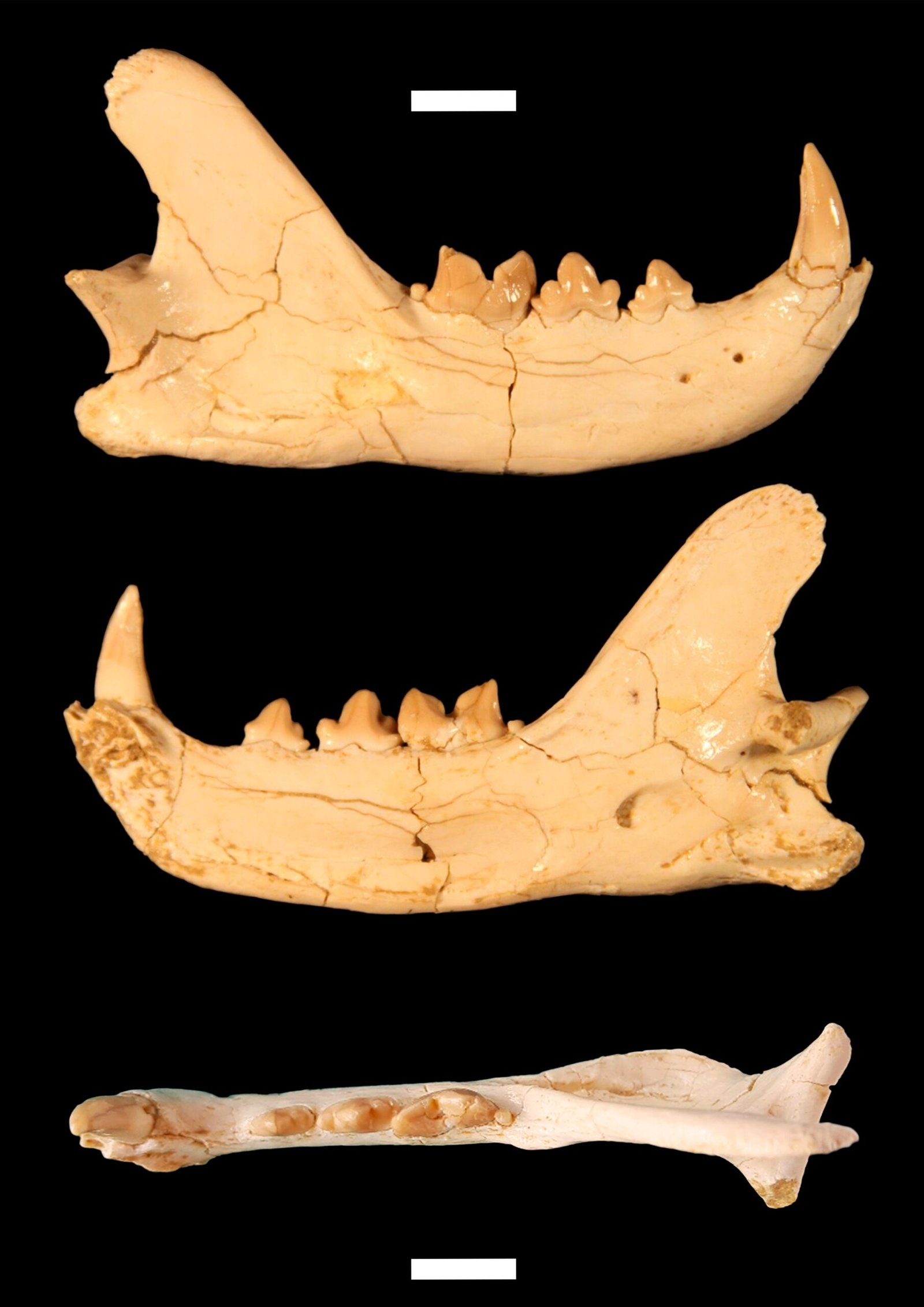
Pontolis is one of the most debated prehistoric cats, with some paleontologists suggesting it had semi-aquatic habits. Though not a household name, its fossil remains hint at webbed feet and a love for rivers or wetlands. Imagine an otter-cat hybrid, swimming after fish or lounging on riverbanks. While its exact lifestyle is still a mystery, Pontolis shows how adaptable early felines could be.
Stenailurus: The Saber-Tooth From South America
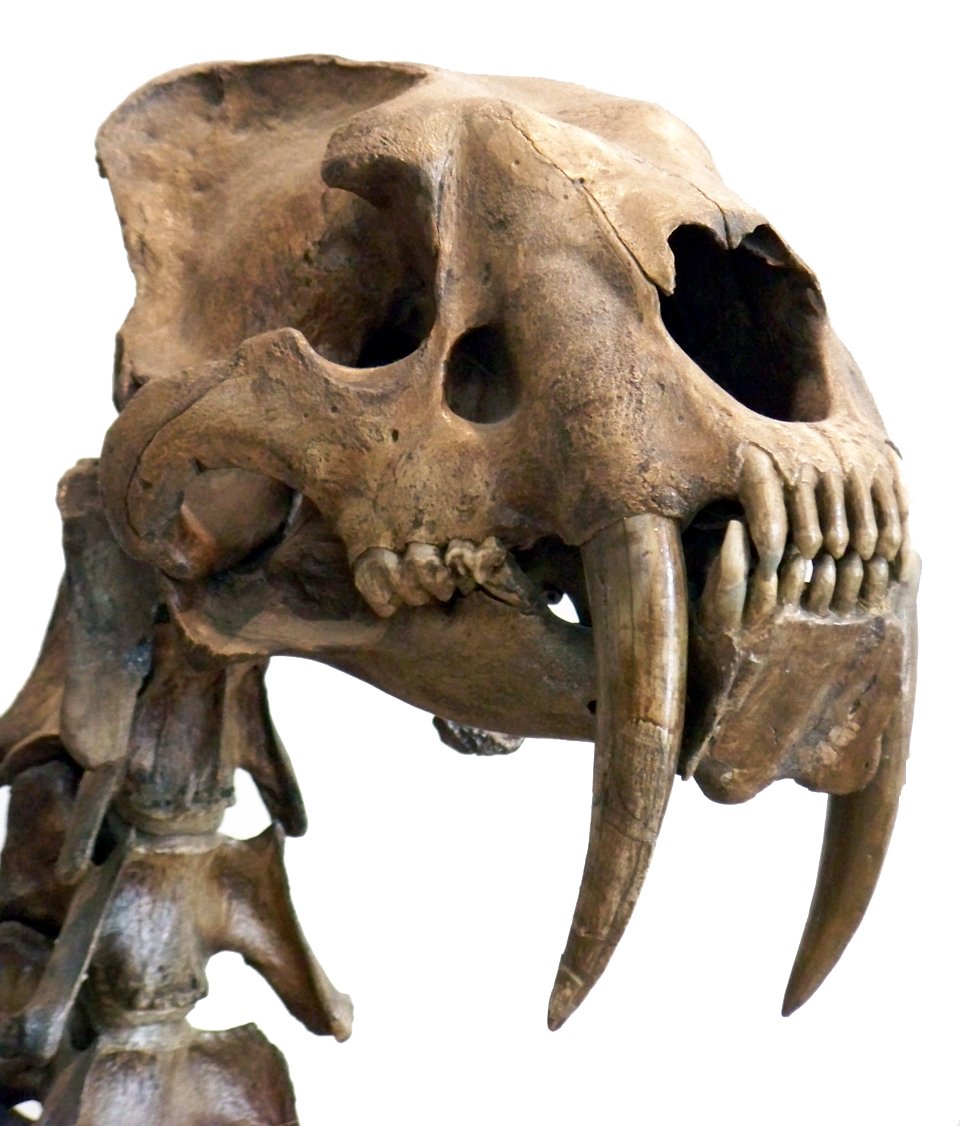
Stenailurus brings a South American twist to the saber-tooth story. This medium-sized predator roamed the ancient forests and plains of the continent millions of years ago. Its teeth were shorter than Smilodon’s but still formidable, and its fossils suggest it hunted a mix of prey, from rodents to ground sloths. Stenailurus proves that saber-toothed cats weren’t just a northern phenomenon—they evolved wherever the climate and prey allowed.
Paramachairodus: The Saber-Tooth Innovator

Paramachairodus was a trailblazer among saber-toothed cats, with uniquely shaped fangs and a slender, panther-like build. It lived in Eurasia and Africa more than 7 million years ago, hunting everything from antelope to ancient horses. Paramachairodus’ teeth were sharp but less exaggerated than its later relatives, suggesting it was experimenting with new hunting styles. It’s like the “prototype” version of later, more famous saber-tooths.
Nimravus: The Original False Saber-Tooth
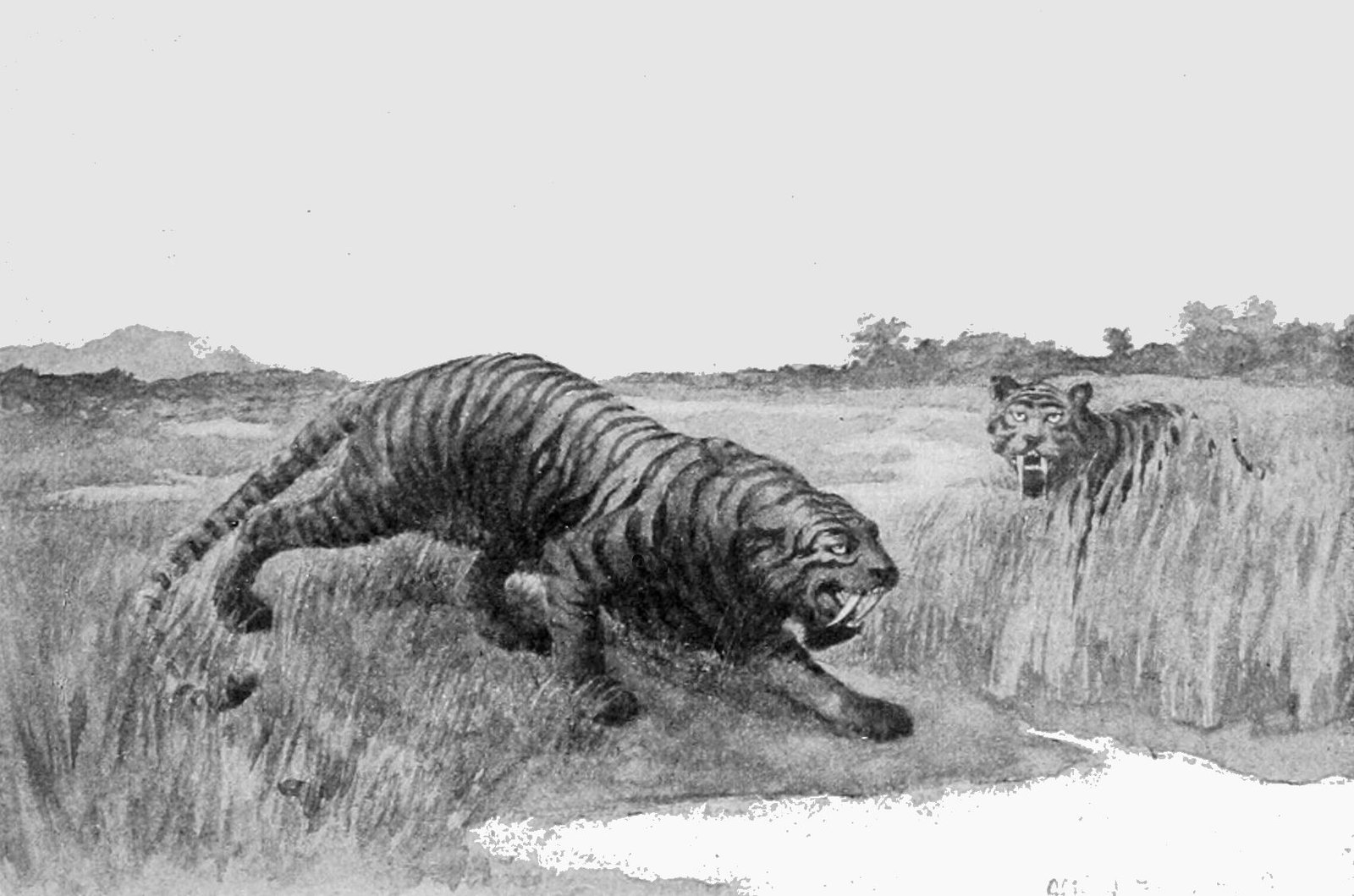
Nimravus gets called a “false saber-tooth” because, while it looked fierce, it wasn’t a true cat at all. This extinct predator had elongated canine teeth and a sleek, cheetah-like body, making it a fast mover on ancient plains. Nimravus lived in North America and Europe over 30 million years ago, preying on small mammals and birds. Its resemblance to modern cats shows how evolution likes to repeat its greatest hits.
Pogonodon: The Mustachioed Mystery Cat
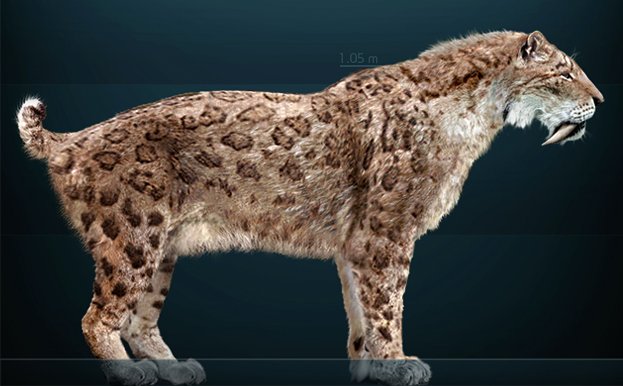
Pogonodon, with its name meaning “beard tooth,” had distinctive bony ridges on its jaw that may have looked like whiskers or mustaches. These North American predators lived around 25 million years ago and were nimble, tree-climbing hunters. They didn’t have true saber teeth, but their sharp fangs and agile bodies let them catch a variety of prey. If you’ve ever wondered what a prehistoric cat with a built-in handlebar mustache would look like, Pogonodon is your guy.
Hoplophoneus: The Ancient Saber-Tooth Light

Hoplophoneus was a nimravid, not a true cat, but it sure looked the part. These predators prowled North America’s forests and plains, wielding oversized canine teeth and a compact, muscular build. Hoplophoneus fossils often show bite marks, hinting at fierce battles with rivals. They were the “lightweights” of the saber-tooth world—quick, scrappy, and never backing down from a fight.
Metailurus major: The Jumping Giant
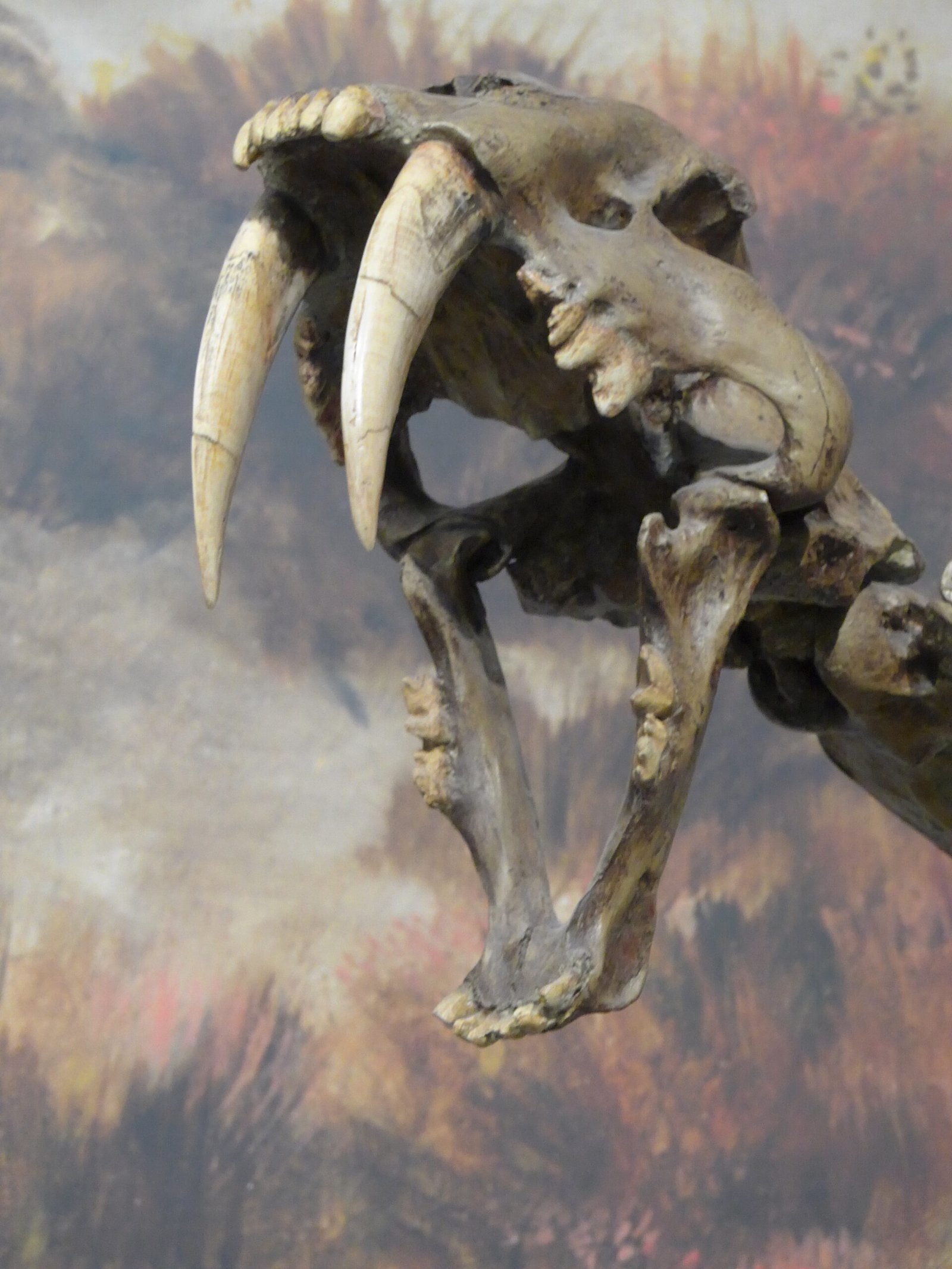
Metailurus major, a larger cousin to the earlier Metailurus, was famous for its ability to leap. With powerful hind legs and a flexible spine, it could spring onto unsuspecting prey from above. This agile cat lived across Eurasia and Africa, thriving in a patchwork of forests and open grasslands. Its fossils show a mix of climbing and running adaptations, making it one of the most versatile hunters of its day.
Thylacosmilus: The Saber-Toothed Oddball
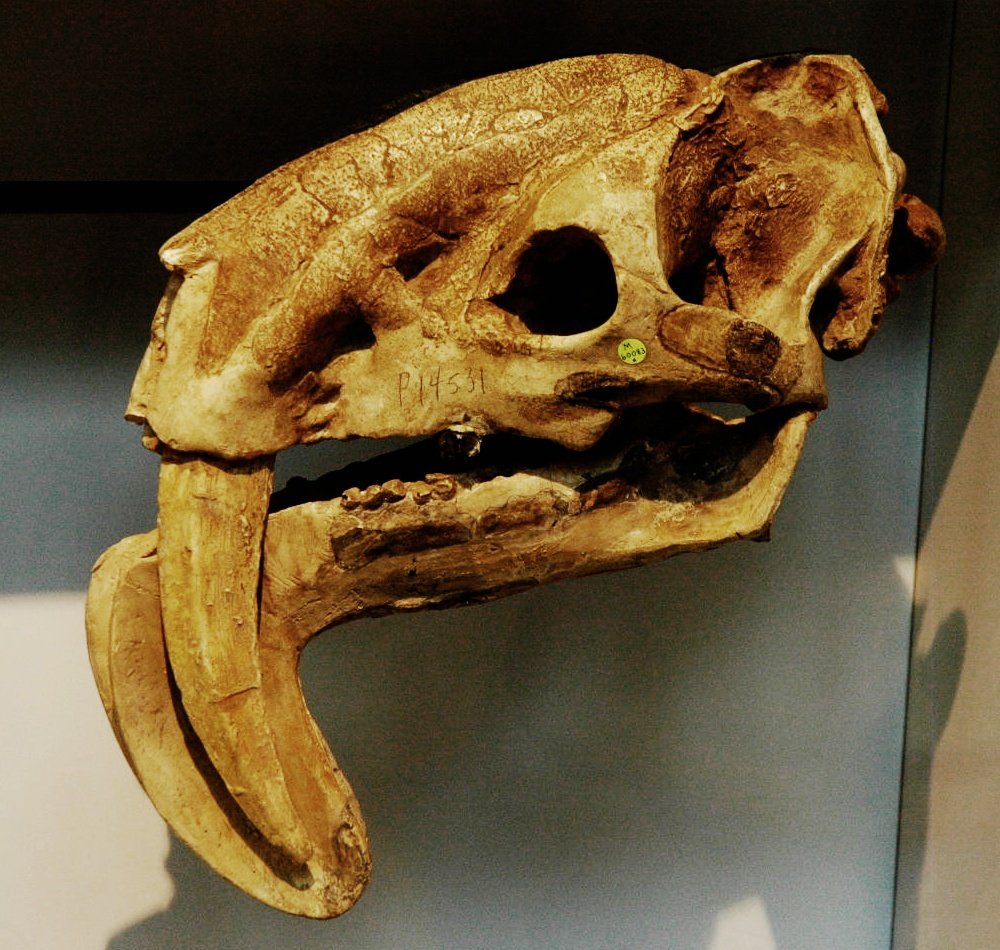
Thylacosmilus wasn’t technically a cat—it was a marsupial from South America. But with enormous, downward-curving saber teeth, it certainly looked the part! Unlike cats, Thylacosmilus had special jawbones to protect its teeth, which kept growing throughout its life. It hunted giant armadillos and ground sloths, filling the saber-tooth niche in a completely different family tree. Nature loves a good copycat!
Stenailurus: The South American Saber Specialist
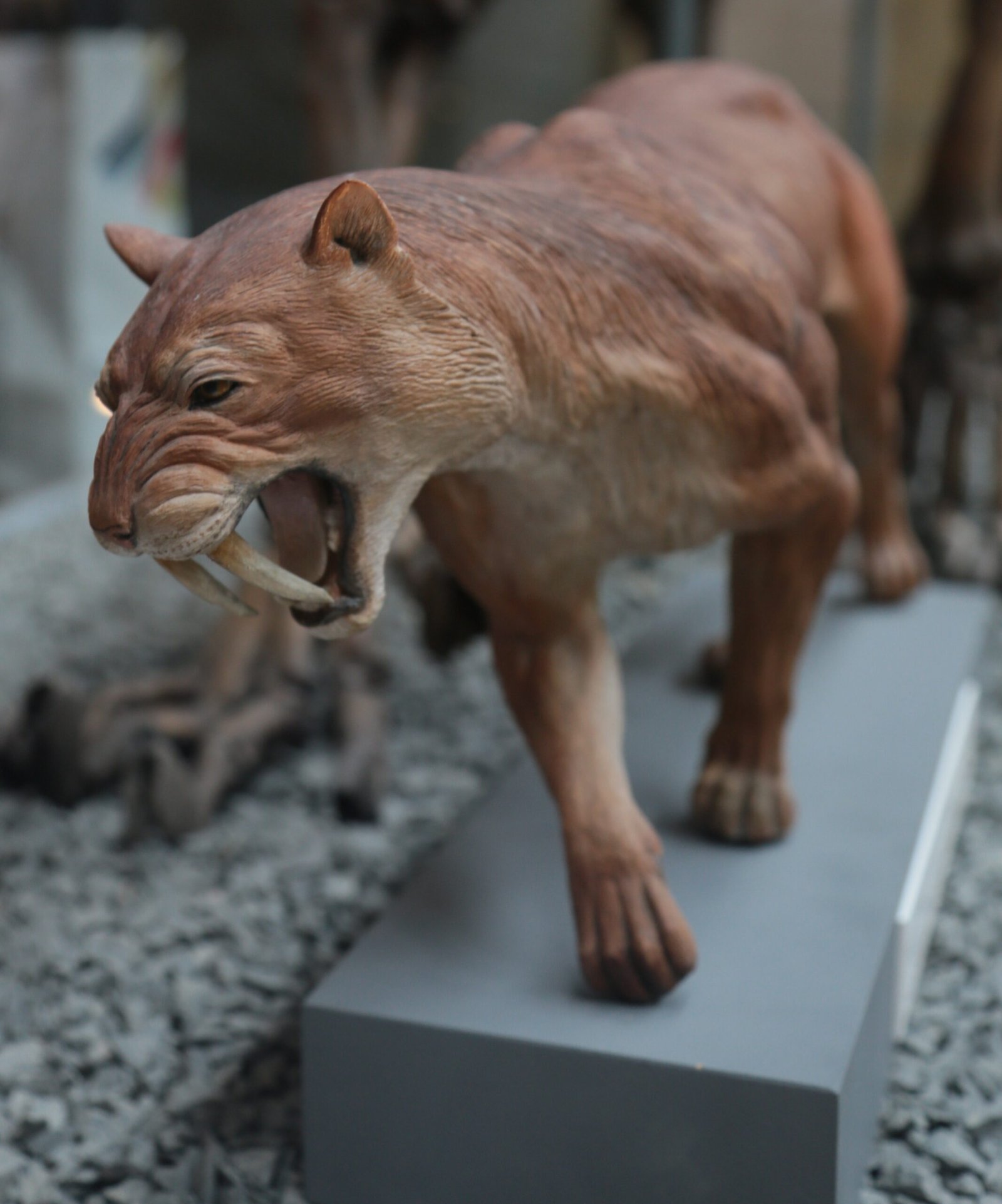
Stenailurus, another saber-toothed cat from South America, was smaller and more agile than its northern cousins. It likely hunted by ambush, using speed and stealth to capture fast-moving prey. Its short, powerful jaws and sharp teeth made quick work of tough hides. Imagine a little saber-tooth darting through ancient jungles—stealthy, fierce, and gone before we ever saw it.
Pseudaelurus quadridentatus: The Four-Fanged Cat
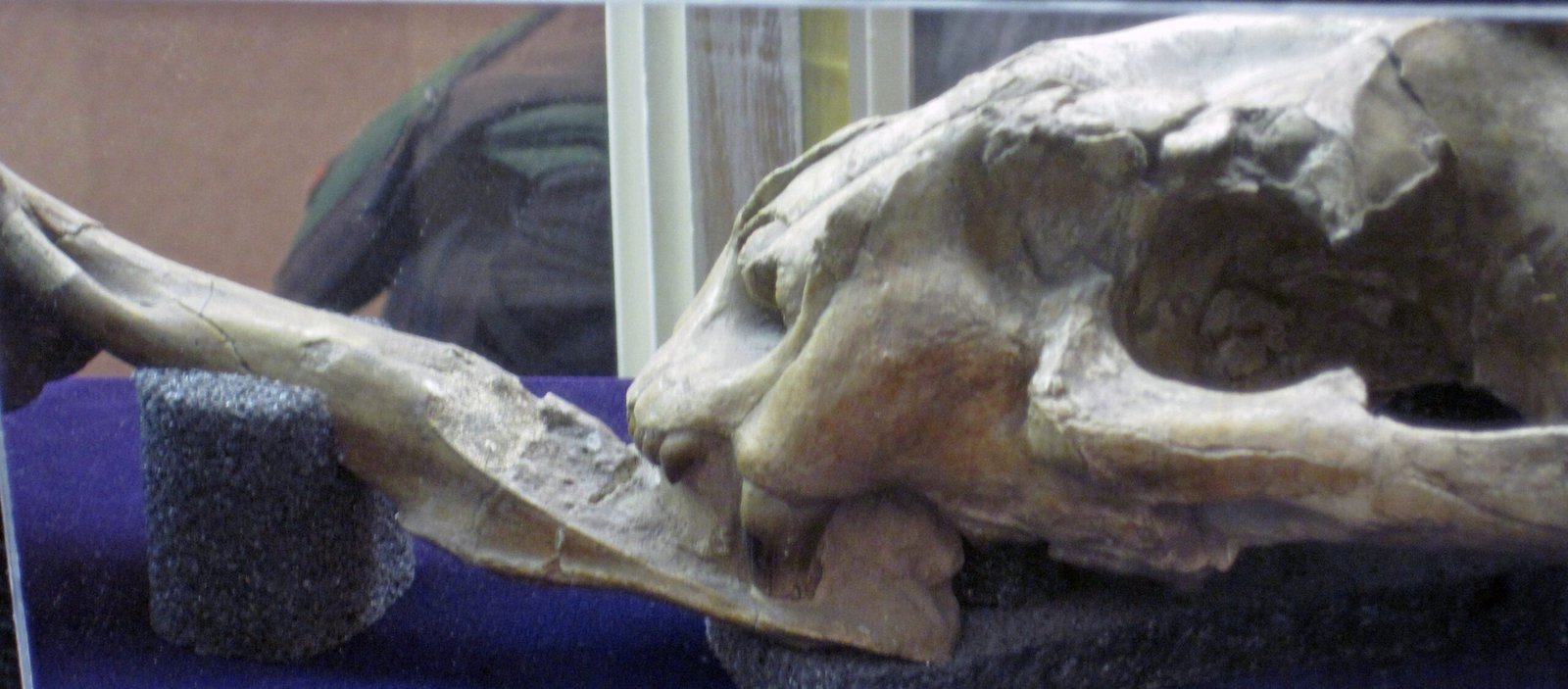
Pseudaelurus quadridentatus stands out for having four prominent canine teeth—a rare trait among felines. This odd dental arrangement made it a formidable hunter in Europe and Asia around 20 million years ago. Its fossils suggest it was a cat of many talents, able to climb trees, chase down prey, and adapt to changing environments. It’s like the Swiss Army knife of ancient cats!
Metailurus mongoliensis: The Mongolian Mountain Cat

Metailurus mongoliensis was discovered in the windswept fossil beds of Mongolia. This cat was built for climbing, with strong shoulders and retractable claws. It likely hunted mountain goats and other nimble prey, using its agility to navigate rocky cliffs. If you picture a wildcat scrambling over boulders in pursuit of dinner, you’ve got the right idea.
Machairodus giganteus: The Giant Saber-Tooth
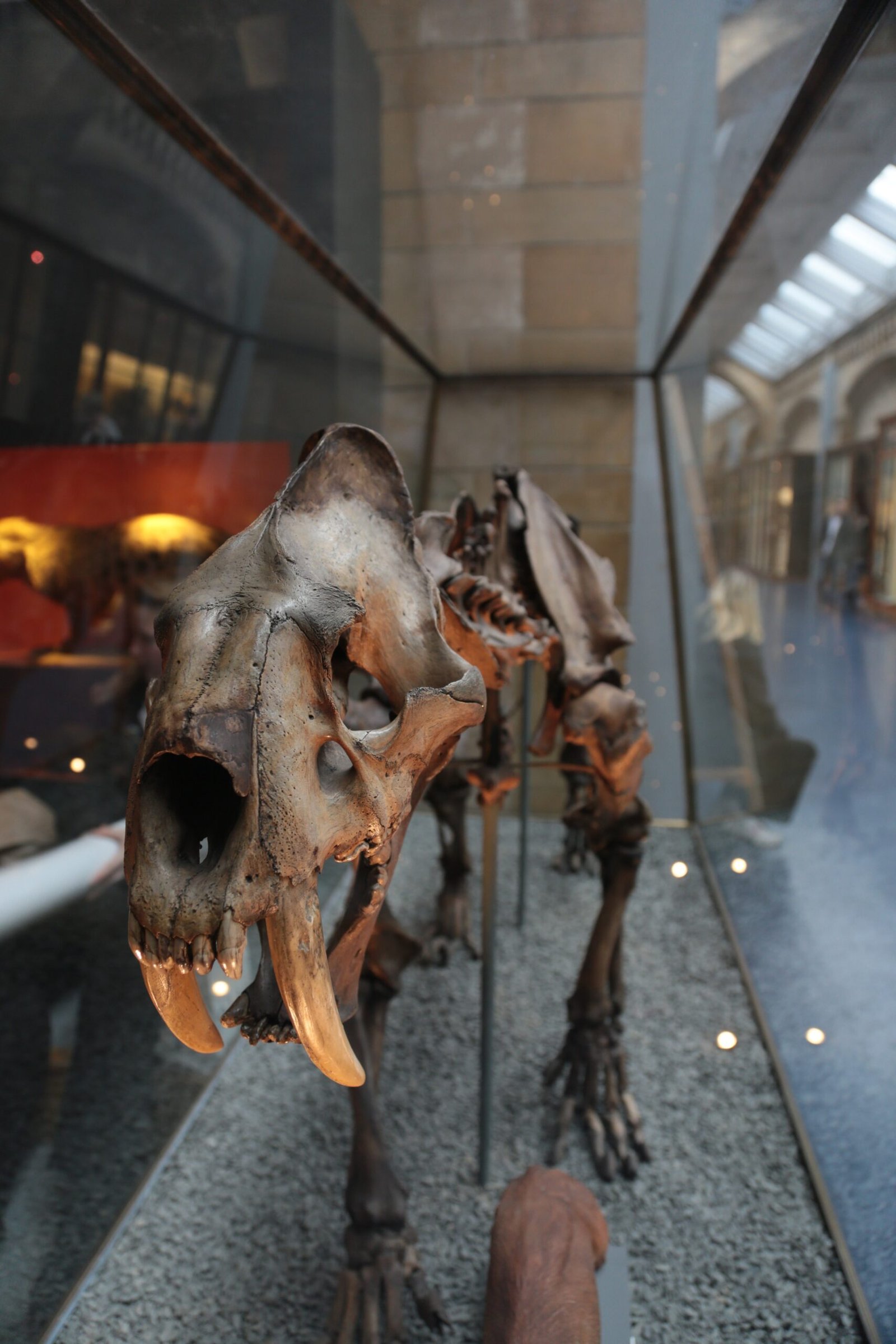
Machairodus giganteus lived up to its name, dwarfing most other saber-toothed cats. These giants reached sizes rivaling today’s largest lions, with massive fangs and jaws to match. They dominated Eurasian landscapes millions of years ago, preying on mammoths, horses, and anything else unlucky enough to cross their path. Machairodus giganteus was the “alpha” of its world, a true king of prehistoric cats.
Dinofelis barlowi: The Cave Cat of Africa
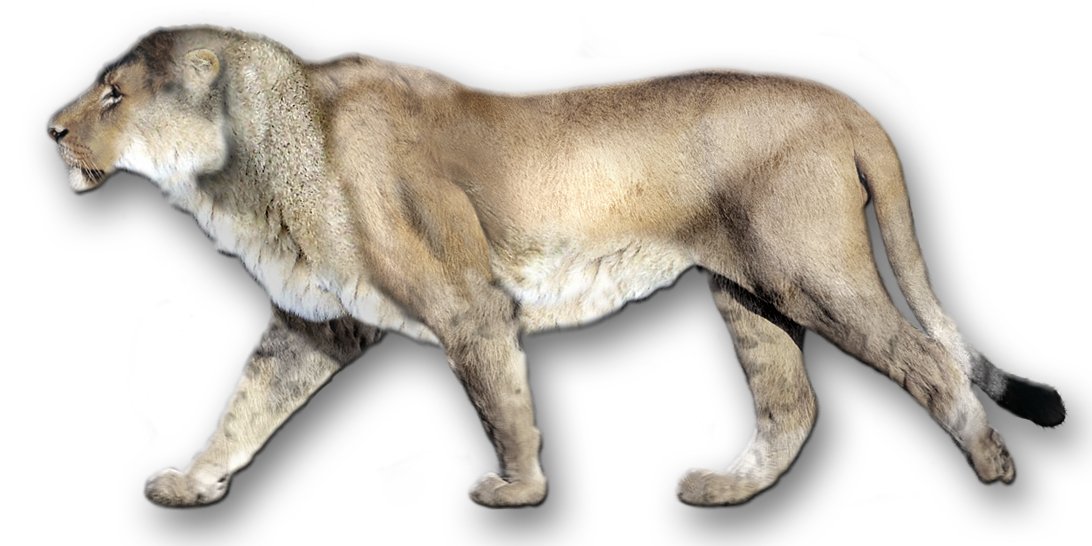
Dinofelis barlowi is famous for its association with ancient caves in Africa, where it likely ambushed prey in the shadows. Its fossils are often found near those of early hominids, leading some to wonder if it was a threat to our distant relatives. With strong limbs, sharp claws, and a knack for stealth, Dinofelis barlowi would have been the ultimate cave dweller.
Paramachaerodus orientalis: The Eastern Saber-Tooth

Paramachaerodus orientalis prowled the forests of Eurasia over 7 million years ago. This saber-toothed cat had long, curved canines and a sleek body, perfect for stalking through dense undergrowth. Its fossils show adaptations for both climbing and running, suggesting a versatile hunting strategy. If you imagined a saber-tooth leaping from the shadows, Paramachaerodus orientalis would fit the bill.
Which of these ancient cats would have captured your imagination—or maybe even your heart—if you’d been around to see them?

Suhail Ahmed is a passionate digital professional and nature enthusiast with over 8 years of experience in content strategy, SEO, web development, and digital operations. Alongside his freelance journey, Suhail actively contributes to nature and wildlife platforms like Feline Fam, where he channels his curiosity for the Feline into engaging, educational storytelling.
With a strong background in managing digital ecosystems — from ecommerce stores and WordPress websites to social media and automation — Suhail merges technical precision with creative insight. His content reflects a rare balance: SEO-friendly yet deeply human, data-informed yet emotionally resonant.
Driven by a love for discovery and storytelling, Suhail believes in using digital platforms to amplify causes that matter — especially those protecting Earth’s biodiversity and inspiring sustainable living. Whether he’s managing online projects or crafting wildlife content, his goal remains the same: to inform, inspire, and leave a positive digital footprint.




